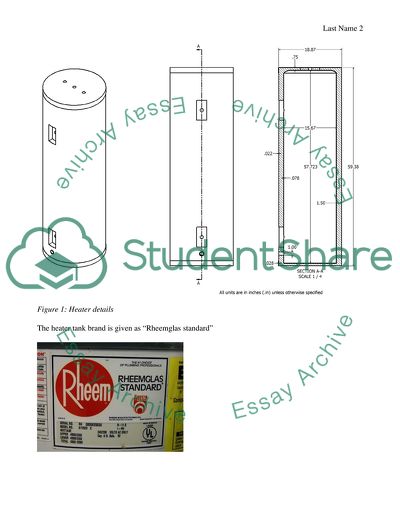Cite this document
(Mechanical Engineering: Project Heat Transfer Coursework Example | Topics and Well Written Essays - 1750 words, n.d.)
Mechanical Engineering: Project Heat Transfer Coursework Example | Topics and Well Written Essays - 1750 words. https://studentshare.org/engineering-and-construction/1834810-project-heat-transfer-mechanical-engineering
Mechanical Engineering: Project Heat Transfer Coursework Example | Topics and Well Written Essays - 1750 words. https://studentshare.org/engineering-and-construction/1834810-project-heat-transfer-mechanical-engineering
(Mechanical Engineering: Project Heat Transfer Coursework Example | Topics and Well Written Essays - 1750 Words)
Mechanical Engineering: Project Heat Transfer Coursework Example | Topics and Well Written Essays - 1750 Words. https://studentshare.org/engineering-and-construction/1834810-project-heat-transfer-mechanical-engineering.
Mechanical Engineering: Project Heat Transfer Coursework Example | Topics and Well Written Essays - 1750 Words. https://studentshare.org/engineering-and-construction/1834810-project-heat-transfer-mechanical-engineering.
“Mechanical Engineering: Project Heat Transfer Coursework Example | Topics and Well Written Essays - 1750 Words”. https://studentshare.org/engineering-and-construction/1834810-project-heat-transfer-mechanical-engineering.


